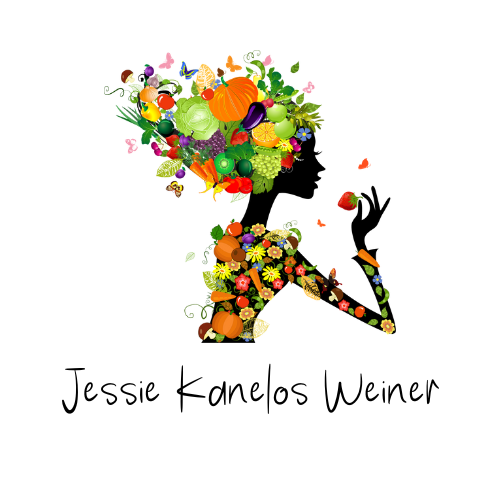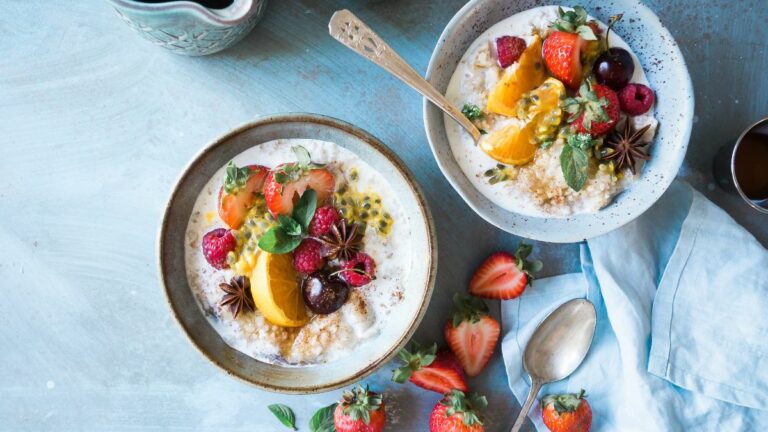in the digital age, food photography is hugely important for cafes, restaurants, street food vendors, bakers, grocers and many businesses. Whether you are promoting your brand, enticing customers and/or driving sales; you don’t need to fork out on a professional food photographer. All business owners can achieve high quality imagery with a good smart phone and by following our top tips below.
Food Photography
Composition, depth of field and white balance
A key factor often overlooked in food photography is the styling and composition of the products. You might have a good product but does it really attract and tempt your customers. Ensure you compose your food to highlight its greatest qualities. Have fun experimenting with different camera angles. Utilise the depth of field function on your camera, use warmer colours.
Choose harmonious surfaces and additional products and paraphernalia that compliment the product. Plate the product in the center of your image and leave enough space around the edge; to draw the eye’s attention.
Other than a smart phone an additional piece of equipment useful in food photography is a tripod. A tripod is an idea solution to take the sharpest framed shots and hold angles easily.
Height and angles
Play with different levels and heights. To lift some of your scene, use a chopping board. Put something on a cake stand or use glasses of varying heights. You don’t even have to go any higher; laying items on a wrinkled kitchen towel adds texture and breaks things up by introducing visual variations or levels. Adding height can help you establish a natural frame to work with, especially whether you’re filming straight on or at varied angles.
Food Photography Styling
Backdrops can add texture so get creative with your food photography
If have a small budget, there are plenty of backgrounds that you can find around your house. From Tablecloths and baking sheets, to trays and cooling racks aswell as paper bags, wallpaper and tiles.
Adding one texture or several is also a crucial factor in your food photography. Texture can be created by combining the smoothness of a linen napkin with the crustiness of a freshly baked loaf of bread. While sprinkling flower petal will also add smoothness while a pineapple will add spikiness.
Add cutlery
Cutlery is an important tool in your food photography armory because it helps to define the mood of your image. Cutlery can completely change the imagery and convey and idea very easily depending on what type of cutlery you use. For example white crisp linens with traditional silverware can convey luxury; while mismatched vintage pieces conveys a more quirky vibe.,
Garnishes & Toppings
You can use a plethora of fruit, herbs and spices to add more interest and bring attention to your food photography. Use olives, citrus fruits or sprigs of herbs to garnish cocktails. sprinkle fresh spices over curries and stews and berries and sprinkles (even flowers) on cakes.
Napkins
Linen napkins are frequently used because of the ease at which they they fold. I have a vast collection of napkins in various colors that I use on a regular basis. I like to put them near the light source since they produce the most contrast and texture.
Use small vessels, plates & bowls
Food simply looks nicer when there is a little amount of neatly selected pieces rather than a pile of food. These will, however, seem lost if you use regular-sized dinner plates, so use salad plates and small bowls instead. Smaller props are best for food styling in general. Check out my post on 25 food photography props you probably already own for some inspiration.

